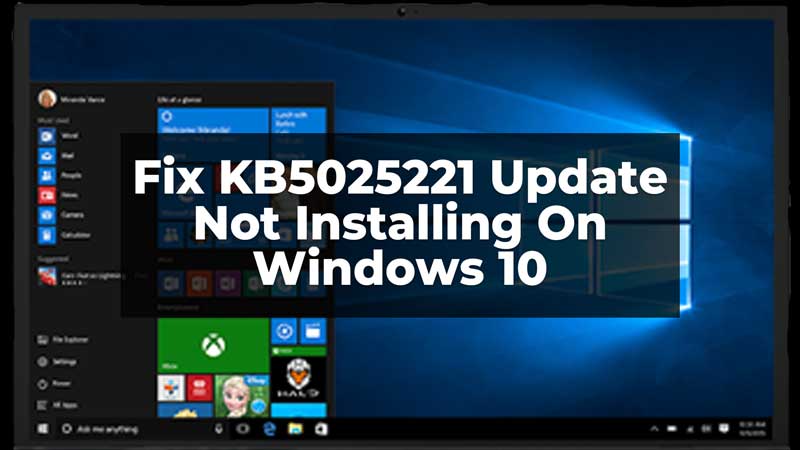
KB5025221, another update for Windows 10, was released in April. The updates brought by Windows allow the user to have bug fixes, better experience, and download more data. But many users have faced the issue of the KB5025221 update fails to install on Windows 10. If you have faced a similar problem, we have brought you seven simple fixes that you can use and apply to install the Windows 10 update.
Seven Ways To Fix KB5025221 Fails To Install On Windows 10 Issue
There are seven simple solutions that you can try to fix the KB5025221 fails to install on Windows 10 issue. Read further to understand the solutions more thoroughly and apply them to get the update installed on your Windows 10.
Add the KB5025221 Update Manually

Installing the update manually can be done through Microsoft Update Catalog. To install the update manually to your Windows 10, follow the steps given below:
- First, search Microsoft Update Catalog on your Google Chrome.
- Then, in the search bar, search for KB5025221.
- From the options, select the update that is compatible with your System Specifications. To get your System Specifications, go to Settings>System>About. Here you can see your System Specifications and more.
- After knowing the System Specifications, select the update you want to install and click on the Download option beside it. Follow the on-screen instructions and complete the installation process.
- Finally, Restart your Windows, and check if the update has been installed.
Thus, your Windows 10 now has the KB5025221 update installed. If you still cannot have the update installed, check the other fixes mentioned further in the guide.
Check For Corrupted Files On Windows 10
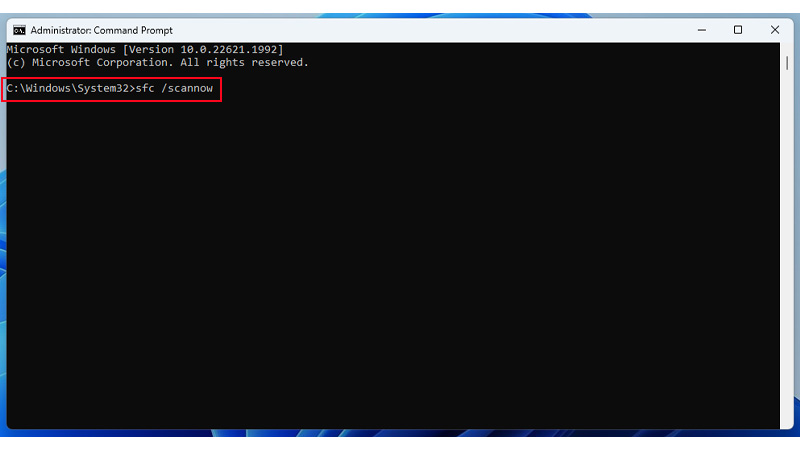
Sometimes the update might not complete due to corrupted files on your device. To check and repair corrupted files on Windows 10, follow these steps:
- On your Windows Search Bar, search for Command Prompt or cmd.
- Now, right-click on the Command Prompt option. Click on Run as Administrator.
- Then, in the command prompt tab, type the following commands; hit Enter after typing every command:
sfc /scannow
DISM /Online /Cleanup-Image /CheckHealth
DISM /Online /Cleanup-Image /ScanHealth
DISM /Online /Cleanup-Image /RestoreHealth
- Finally, close the command prompt and Restart your device.
Now, try again to install the KB5025221 update on your Windows 10. If the issue is still not resolved, try the other fixes.
Run Troubleshooter

Basic troubleshooting for your Windows Update can help fix the issue. For the Windows Update troubleshooting, go to Settings>from the System menu, click on Troubleshoot>go to Advanced Troubleshooters>click on Run, beside Windows Update>now, Restart your device. Check if you can now install the Windows 10 KB5025221 update. If not, read further.
Disk Cleanup
Having low disk space can also stop the update to install. If you do not have enough disk space, clean up the junk files on your device and then try to install the update. To clean junk on your disc, follow the steps:
- Go to Disk Cleanup on your PC.
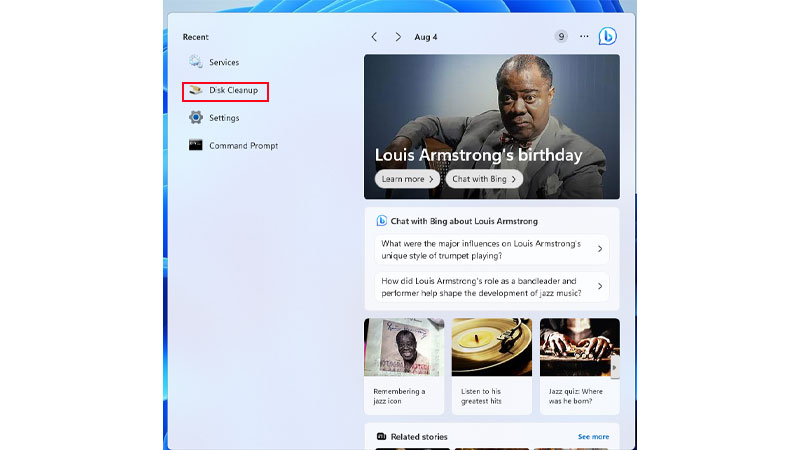
- Now, select Drive C from the options to clean up.
- Then, on the menu, click on Clean up System Files.
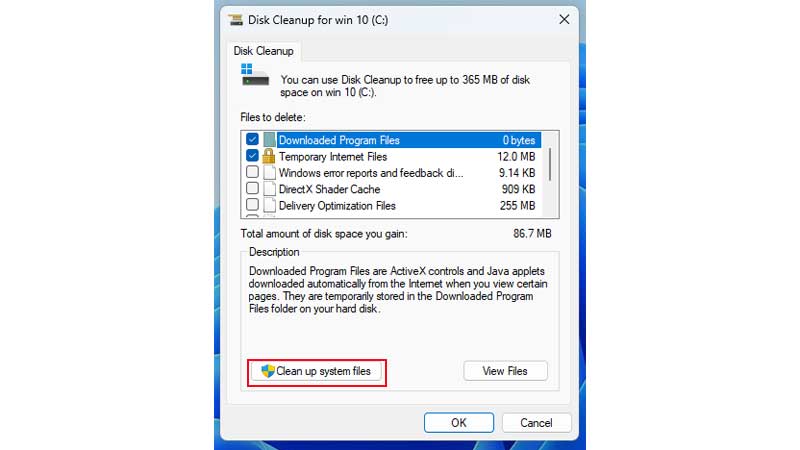
- Now, select the files that you want to delete or remove from the device. You can select, Temporary Internet Files, Thumbnails, or any other temporary files.
- Finally, click on Ok and this will clean up the Disk space on your device.

Restart your PC, and now try to download and install the KB5025221 update on your Windows 10.
Check For Required Services For Windows 10 Update
Updating Windows 10 requires some particular services installed on your device. If these services are missing, you can download them and then install the Windows update. To check the services and install them, you can follow the steps explained below:
- On your PC, search for Services and open the program.
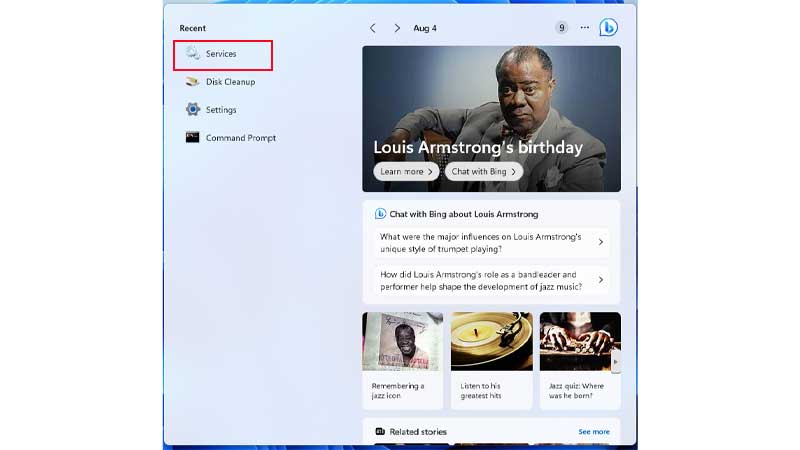
- Now, from the options, search for Background Intelligent Transfer Service(BITS).

- Then, right-click on the program and check if it is running. If yes, then click on Restart. If not, then double-click on the BITS option. From the Start-up Type, change the settings to Automatic from Manual.
- Now, click on Start, and after the process completes, click on Apply and then Ok.
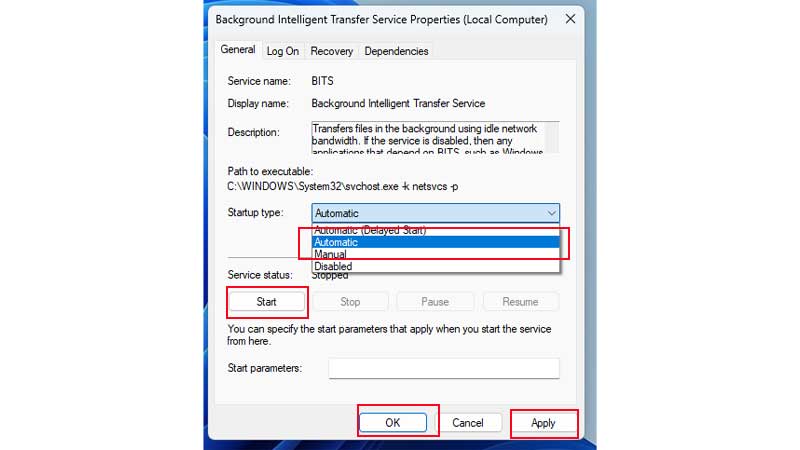
After you have completed the process, repeat it with Windows Update and Cryptographic Services option. This will check and install the necessary services on your device and then you can install the Update KB5025221 on your Windows 10.
Uninstall Anti-Malware Programs
The third-party malware programs might interrupt sometimes the installation of updates. If you have any third-party anti-malware installed on your device, it can affect the downloading of a new update on Windows 10. This can happen because of the high-security feature in the newer update. Uninstall any such third-party anti-malware from your device and then try to install the KB5025221 update on your Windows 10.
Using the Microsoft Website
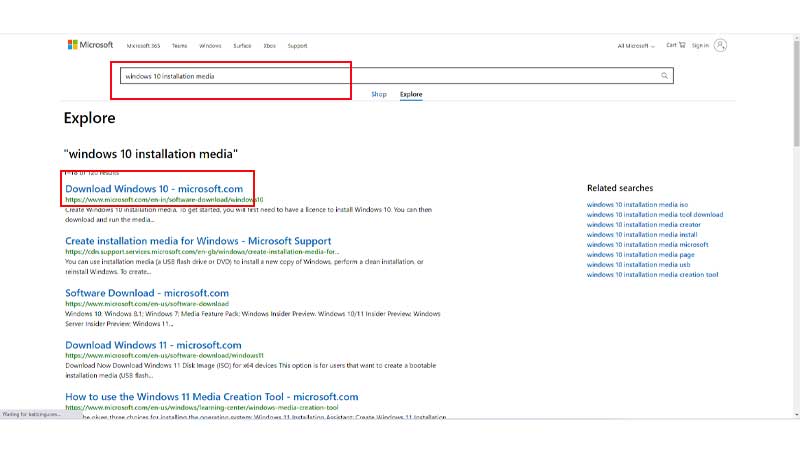
One last fix that you can try is to get the update from Microsoft’s official website. To do so, go to Microsoft Official Website>search for Windows 10 Installation Media>from the options, click on Update Windows 10>click on Update Now>allow the permissions to install the Update>Restart your device to get the update completed. This will update your Windows 10 to KB5025221.
These were the seven fixes that you can try to install the KB5025221 update on your Windows 10. Also, many such updates by Windows are released every month. If you have more such issues with Windows and require fixes, you can refer to these guides – Fix Windows 11 Limited Internet Speed or Fix Windows 11 Crashing After Changing Graphics Card.
